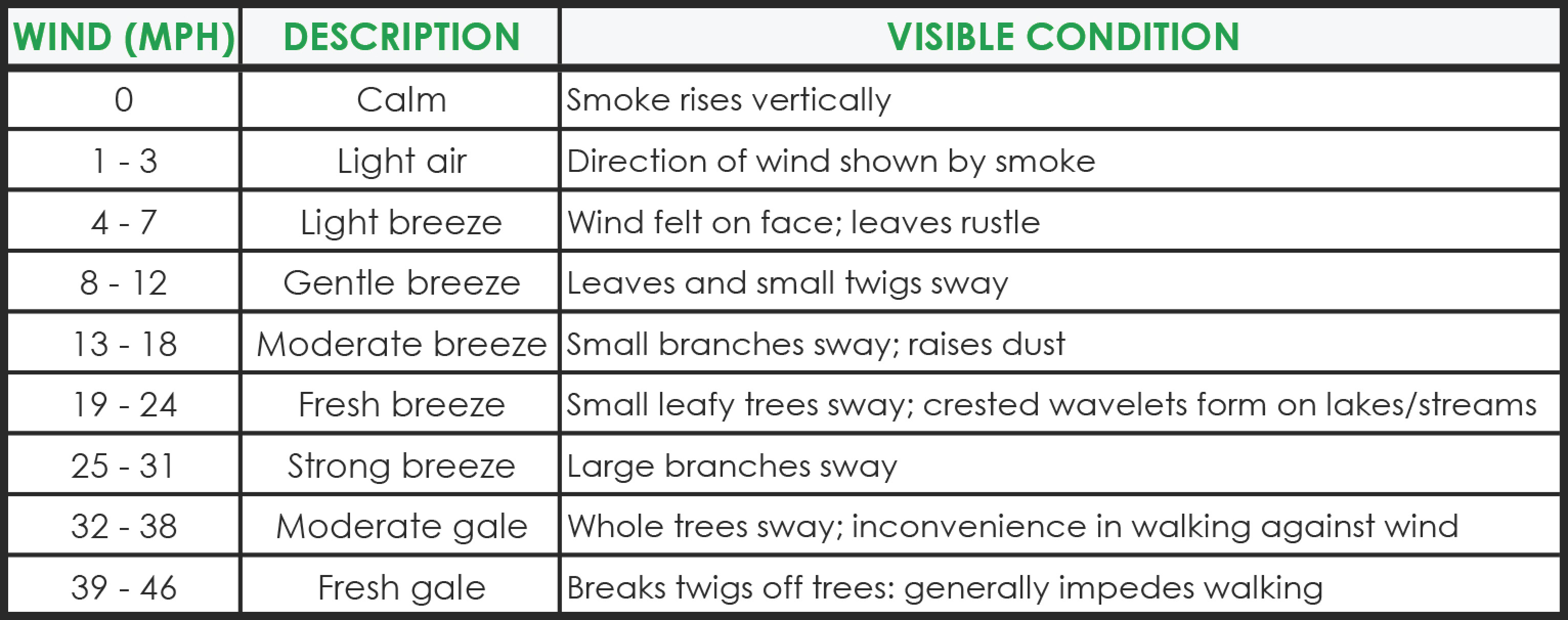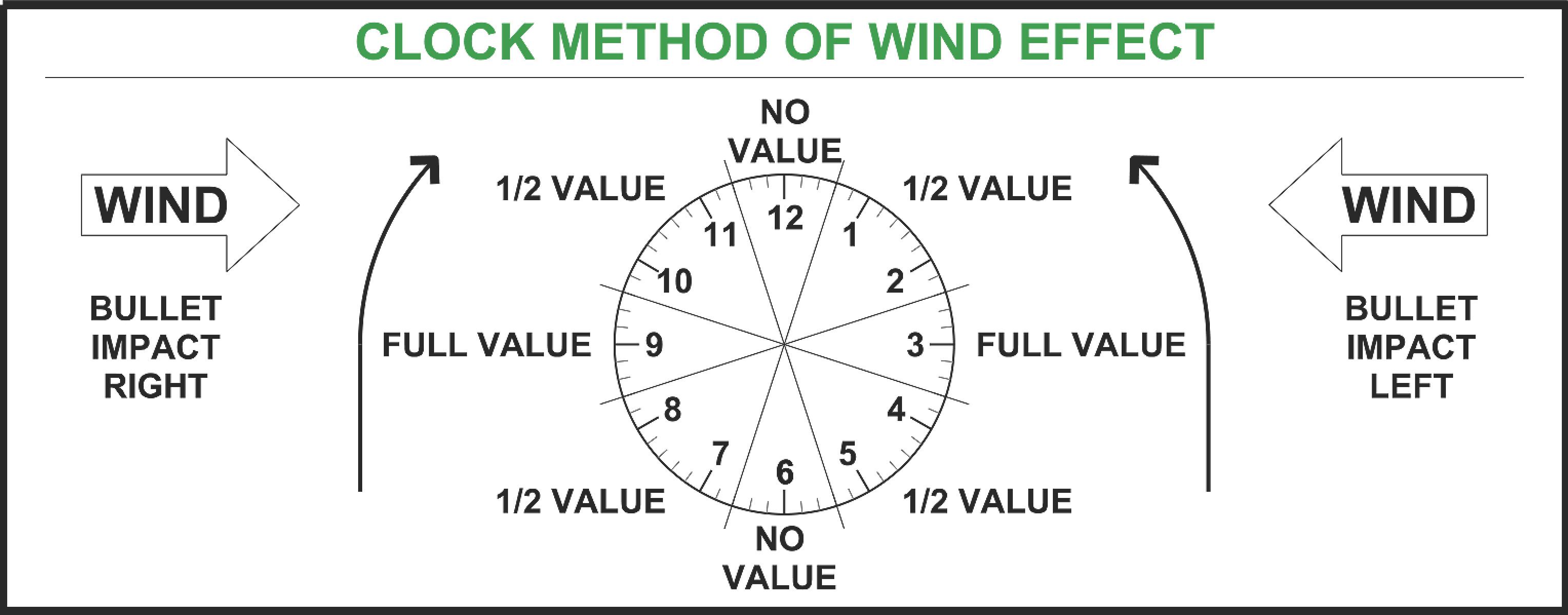Had a search through but nothing stood out.
Can we have all the tips, tricks and even links to helpful info here please.
Welcome guest, is this your first visit? Create Account now to join.
Welcome to the NZ Hunting and Shooting Forums.
Search Forums
User Tag List
+ Reply to Thread
Results 1 to 15 of 35
Thread: Reading Wind
-
28-11-2014, 02:17 PM #1
Reading Wind
-
-
28-11-2014, 02:35 PM #2
use a lighter for direction
OPCz
If in doubt double tap
-
28-11-2014, 02:38 PM #3
yip good in the bush, meaning more for longer ranges. watching grass, trees etc but how to translate into speed.
-
28-11-2014, 02:40 PM #4
Something I read on here ages ago and can not remember who posted it. A piece of white cotton taped to the muzzle end of your barrel it is light enough that the wind can move it and it works
RULE 4: IDENTIFY YOUR TARGET BEYOND ALL DOUBT
To be a Human is to be an Alien, ask the animals, We invade this world and we are killing it, we are destroying the earth and nobody gives a fuck except for the animals
.
-
28-11-2014, 02:42 PM #5Off something I just bookmarkedTactile and Visual Indicators
0-1 MPH Wind imperceptible.
No grass or leaf movement.
Smoke rises straight up.
Mirage runs vertical.
1-2 MPH Cooling effect of wind may be noticed.
Light movement of grasses.
Only a few leaves on any given tree in motion.
Mirage begins to lean to 12:30.
3 MPH Wind pressure can be felt on bare arms.
Grasses obviously in motion.
All leaves on any given tree in light motion.
Mirage leans to 1:00-1:30.
4 MPH Wind pressure can be felt on face.
Small twigs bearing leaf clusters begin light motion.
Mirage leans to 1:30-2:00.
5 MPH Tips of smaller branches begin motion that hold the leaf limbs.
Mirage leans to 2:00-2:15.
6 MPH The trunk branches start to move. These are the heavy limbs holding the smaller branches.
Mirage leans to 2:15-2:30.
7 MPH Larger (trunk) limbs begin motion.
Young (softer) leaves begin to flip over on windy side of trees.
Mirage leans to 2:30.
8 MPH Tree tops are in light motion.
Mature leaves flip over on windy side of trees.
Mirage leans to 2:45.
9 MPH Tree tops show obvious movement.
Almost all leaves flip over.
Mirage leans to 2:45-3:00 and begins to run.
10 MPH Wind pressure can be felt against the body.
Tree tops show substantial movement.
Mirage runs slowly and parallel to ground.
11 MPH Mirage runs quickly along the ground, begins to break up.
12 MPH Wind pressure can be felt against the body.
Mirage runs very quickly in sheltered places, mostly broken up in exposed areas.
12-15 MPH Dust is raised.
Lighter debris moves around.
Mirage blows off completely in exposed areas.
15-20 MPH Dust clouds blow around.
Debris blows around.
Smaller tree trunks sway.
Major limbs on larger trees in constant motion.
20+ MPH Difficulty walking.
Larger tree trunks sway.
-
28-11-2014, 02:52 PM #6
Go to longrangehunting.com and search for Shawn carlocks articles on reading wind. He has some great info.
-
28-11-2014, 02:56 PM #7
Here is a wind scale reference card and diagram that I made. Sized to fit into the pocket of the stock pack on my LR rifle:

 Hunting is not a hobby.....its an addiction
Hunting is not a hobby.....its an addiction
-
28-11-2014, 02:58 PM #8
-
28-11-2014, 03:00 PM #9
Generally I tape the barrel. If it is a breezy sort of a day I will put cotton on. On a still day I find I spend too much time watching the end of the barrel and not enough looking up trees for deer.
At times I wish I was still a smoker. That was by far the best way. Watching the smoke move through the trees
-
28-11-2014, 03:38 PM #10Member

- Join Date
- Jun 2012
- Location
- lower hutt
- Posts
- 1,049
get a wind meter
-
28-11-2014, 03:43 PM #11
-
28-11-2014, 03:50 PM #12
-
28-11-2014, 03:53 PM #13
There is a good section on @Norway DVD on grass movement to judge wind speed. nice and easy to remember. Perhaps he would be happy to post that segment up? Or you can borrow the DVD if you promise to be a good boy.
-
28-11-2014, 03:56 PM #14
-
28-11-2014, 03:57 PM #15
Reading Wind
That will make a good starting point mate, I have found the rest will come more easily the more you practise shooting in the wind.
I find it's more the wind angle at longer ranges that's harder to read rather than the speed.
Particularly with crossing gullies etc
As you no it blows a little bit where I hunt
Sent from my iPhone using Tapatalk
Similar Threads
-
Which is the best wind meter for wind estimation
By Bill999 in forum ShootingReplies: 88Last Post: 24-05-2015, 09:03 AM -
Hut reading...
By EeeBees in forum Resource LibraryReplies: 7Last Post: 11-07-2014, 06:45 PM -
wind reading
By longrange308 in forum ShootingReplies: 15Last Post: 07-08-2012, 07:45 PM -
Some lite reading
By madjon_ in forum Reloading and BallisticsReplies: 0Last Post: 23-07-2012, 09:07 AM -
Reading the Wind for that long shot
By crzyman in forum ShootingReplies: 19Last Post: 14-01-2012, 11:09 AM
Tags for this Thread
Welcome to NZ Hunting and Shooting Forums! We see you're new here, or arn't logged in. Create an account, and Login for full access including our FREE BUY and SELL section Register NOW!!





 31Likes
31Likes LinkBack URL
LinkBack URL About LinkBacks
About LinkBacks



 Reply With Quote
Reply With Quote

 i have watched most of norways blogs. Im just interested in everyones methods.
i have watched most of norways blogs. Im just interested in everyones methods.



Bookmarks